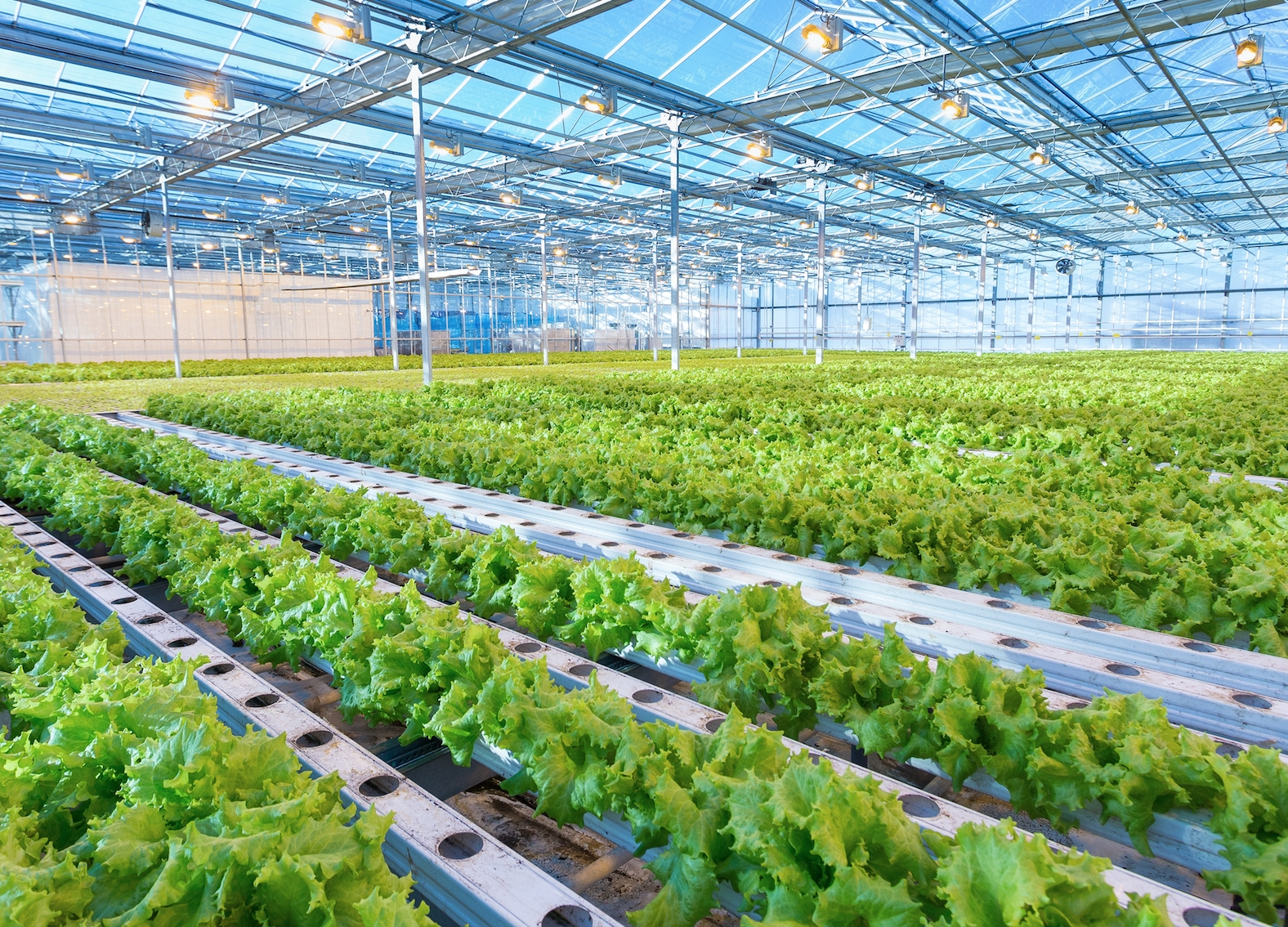Milan is full of unusual sights. As the most populous city in Italy, and its main financial and industrial center, it’s a riot of color and design. But amid the skyline is a building that even for Milan is strange: The Bosco Verticale, or Vertical Forest, a skyscraper encircled with trees, finished in 2014. The building was designed by acclaimed architect Stefano Boeri, and — if everyone from marijuana growers to Chinese investors get their way — will soon be as recognizable to urbanites as glass and steel towers are now.
Why? As cities expand, they destroy farmland, pump out smog, and fail to produce food. Parks, community gardens, and other green spaces can only do so much, and many foresee demand for food and the strain of climate change as an imminent danger. At the same time, we’re increasingly eager to know more about what we eat and where it’s coming from, and finding that information lacking. More and more people understand that everything we eat has a “footprint” and that the further your food travels, the more ecological damage it causes.
At the same time, as food-producing California faces water shortages that not even record precipitation can reverse, and climate change affects farmland across the world, shipping food from water-rich regions has become a vital necessity. Simply put, both consumer demand and environmental struggles mean that cities want their farms as close as possible to the populace, producing as much as possible (with as little water loss as possible), and while helping mitigate the pollution.
It’s a tall order. Literally.
Enter the vertical forest, like the afore mentioned building in Milan with more already in the works in Lausanne and Nanjing. The idea is simple: cities need more secure food supplies, more oxygen and to expand upward before gobbling up the land around them, so why not wrap skyscrapers in terraces that offer both, and build giant, towering farms that can feed thousands? The idea is undeniably ambitious, and so far, it’s little more than a proof of concept. But the concept works, and an unlikely industry is offering a path to expand it, thanks to a decision made thirty years ago.
In the 1980s, Ronald Reagan ordered law enforcement to begin helicopter flights that sprayed fields of marijuana with herbicide. The result? Marijuana operations began experimenting with hydroponics. Hydroponics are complex systems that allow farmers to grow plants indoors without soil. Instead, the plants are suspended in paper or mesh (or coconut husk) while a nutrient solution flows through the roots. Grow lights, powerful panels that turn out a replacement for sunlight, are used to offer the energy plants need to grow, with the result being an indoor, water-powered garden.
The hydroponics industry had plenty of other, more legal pioneers, such as the endless acres of Canadian hydroponics operations, but it was marijuana growers who worked on small, productive operations, and that expertise may be crucial to making vertical farms work.

Rick Byrd of PureAgro points out there are benefits well beyond just cutting down on fossil fuels: Vertical forests can deliver more than one harvest a year. As they’re indoors, there’s less of a pest problem, meaning less need for pesticides. And, with space at a premium, hydro operations can be build up, rather than having to grab for land.
These are expensive ideas, but marijuana — in the midst of a mega boom — means that growing operations can pioneer the technology, and then drive down the price to the point where you can grow anything with the same tech.
Byrd may find himself beaten to the punch by scientists, though. MIT recently debuted the Food Computer, an open-source system of computers and robotics that allows users to develop a “profile” for each plant they want to grow. Currently about the size of a shipping container, MIT’s team can see warehouse-sized facilities churning out specific types of food. With the robots doing the hard work, farming would be as simple as punching in the numbers and keeping an eye out for pests.
Hydroponics is not without its challenges. The nutrient solution, for example, is essentially pollution itself, and either needs to be reused or properly processed — although a well-run vertical farm offers better water management and control. Grow lights require enormous amounts of power, even with electron-sipping LED technology rapidly improving. And in a fit of irony, the plants outside these towers will need to be chosen carefully, as they might otherwise contribute to climate change.
But as a solution to a growing problem, vertical forests show that we should grow upward, not outward. Perhaps one day, the fields of the midwest will be filled with skyscrapers full of food, 50 stories tall, vastly increasing the available growing space.






